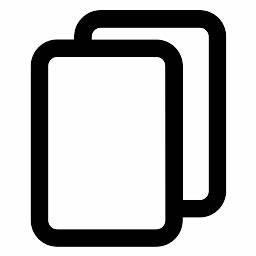FAQs for the Preliminary Determination of an Antidumping Duty and/or Countervailing Duty Investigation
- After issuing a preliminary determination, the law requires Commerce to conduct verifications of the information submitted by the foreign producers and the Government subject to the investigation. Verification is the process by which Commerce validates the information and data submitted by the foreign producers and the foreign government before issuing its final determinations. Upon completion of the verification, Commerce will issue a report that summarizes its findings.
- All interested parties in an AD/CVD investigation are given a full opportunity to participate in the proceeding and to file comments and factual information on the case records.
- For the full timeline of an AD/CVD investigation, please refer to our page that outlines the statutory time frame.
Dumping occurs when a foreign producer sells its product at a lower price in the importing country than it does in its home country, in other primary markets, or below its production costs.
A subsidy is a financial contribution provided by a government or any public body which confers a benefit to an entity. Subsidies are “countervailable” if they are provided specifically to certain enterprises or industries, or groups thereof.
For all producers/exporters of subject merchandise, Commerce will instruct U.S. Customs and Border Protection (CBP) to require cash deposits on imported merchandise in amounts equal to the preliminary dumping/subsidy rates (see case-specific fact sheet). CBP will be instructed to impose provisional, or temporary, measures on the date of publication of the preliminary determination in the Federal Register. The provisional measures period is limited by law to no more than four months after publication of an affirmative preliminary determination.
The preliminary determination also provides the public and interested parties with a Decision Memorandum, which summarizes Commerce’s decisions. Click here to see Decision Memoranda that are available to the public on the ITA website. Parties have an opportunity to comment on the preliminary decision before Commerce reaches its final determination.
Not necessarily; the findings that have been issued are preliminary. Interested parties have the opportunity to comment on the preliminary determination and the verification reports, and participate in a public hearing, if requested. Once the process is complete, Commerce will issue its final determination as to whether imports are being unfairly sold or subsidized and, if so, in what amount(s). The final rates may be different from the preliminary rates.
The United States maintains a bifurcated trade remedies system in which Commerce measures the amount of dumping and/or subsidization. Subsequently, the United States International Trade Commission (ITC), an independent agency, examines whether the U.S. industry has been injured as a result of dumped or unfairly subsidized merchandise. Commerce’s preliminary determination follows the ITC’s affirmative preliminary determination that there is a reasonable indication that the industry in the United States is materially injured by reason of dumped/unfairly subsidized imports. Both agencies now move toward the final phase of their respective investigation.
None. The trade remedy laws provide U.S. businesses and workers with a transparent and internationally-accepted mechanism to seek relief from the market-distorting effects caused by unfair pricing or subsidization. Investigations are conducted in accordance with U.S. law, and the decision to initiate an investigation is based solely on the record evidence. All Commerce decisions are based on information and argument contained in the official record of the proceeding, and are subject to potential review by U.S. courts and the World Trade Organization dispute settlement system.

